 Rocks and Minerals
Rocks and Minerals
Rocks and Minerals
Rocks and Minerals

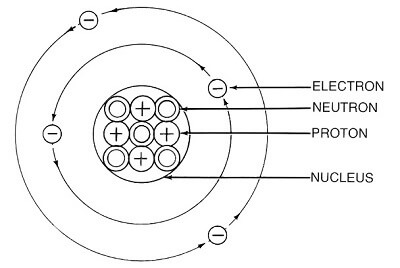



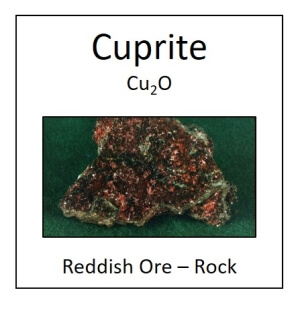
 Rocks and Minerals
Rocks and Minerals
Rocks and Minerals
Rocks and Minerals

Study the lesson for one week.
Over the week:

Overview
Physical Characteristics
Locations
Interesting Facts
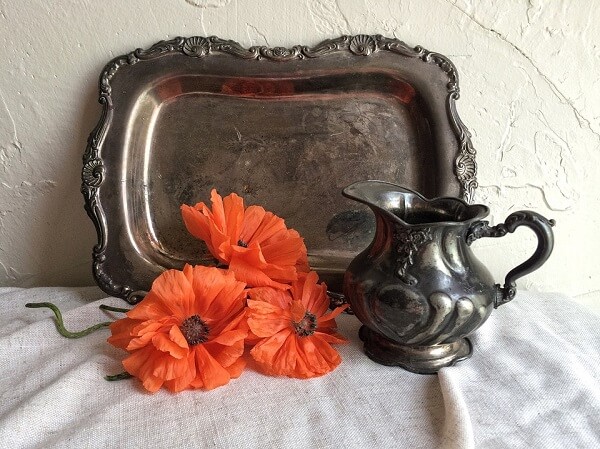
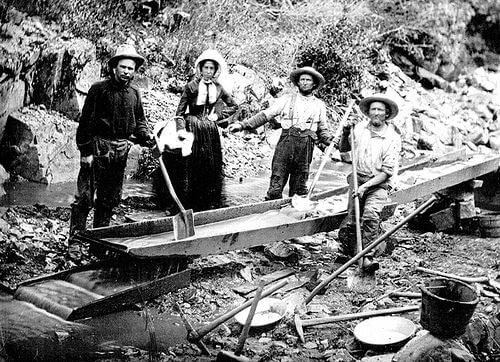

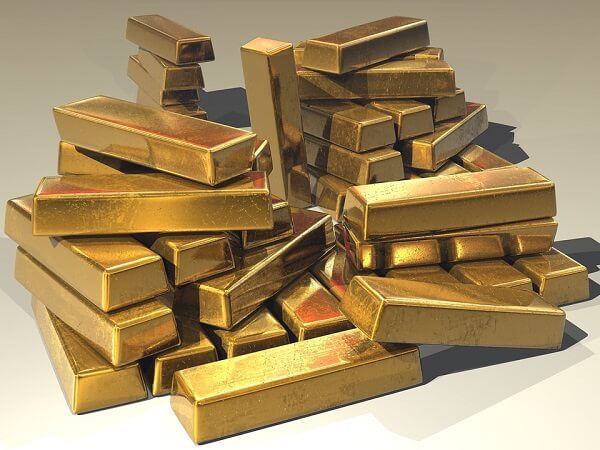
Activity 1: Narrate the Lesson
Activity 2: Can You Find It?
Find the following elements on the periodic table:

Activity 3: Map the Lesson

Activity 4: Complete a Notebook Entry

Complete page 3 in 'Fifth Grade Science Rocks and Minerals Notebook Pages.'